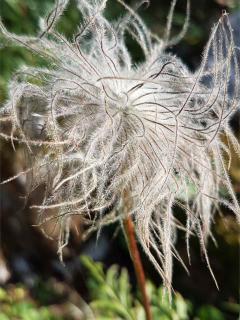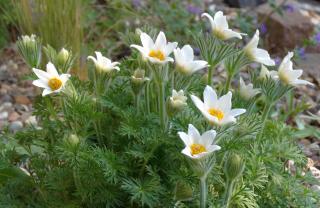

Let yourself be swayed by this very beautiful pasqueflower, a spring-blooming flower that has a high ornamental value.
Summary of Pasqueflower facts
Name – Pulsatilla vulgaris
Family – Ranunculaceae
Type – perennial
Height – 8 to 12 inches (20 to 30 cm)
Exposure – full sun
Soil – ordinary, well drained
Flowering – spring
Planting in winter or at the beginning of spring, and especially as long as it doesn’t freeze.

These delicious flowers can reappear year after year for several cycles.
They often are the first multi-colored flowers of spring. At the end of spring, a wild hairy seedhead develops, similar to that of clematis. When ripe, seeds detach and float away with the wind.

This means “Easter flower“, because its blooming often appears as Christians start preparing for their Easter celebrations. Sometimes this flower is also called “Anemone“.
Some species and varieties of pasqueflower are white. This makes them very beautiful!
As beautiful in the ground as they are indoors, you can cut them to prepare magnificent flower bouquets!